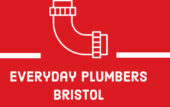This is My Plumber’s Diary
Life as a plumber is never dull. Each day brings a new challenge, a fresh problem to solve, and the satisfaction of helping people with essential issues in their homes. This past week has been particularly eventful, with a wide range of plumbing problems to tackle. Here’s a glimpse into my Plumber’s diary, sharing the ins and outs of my week.
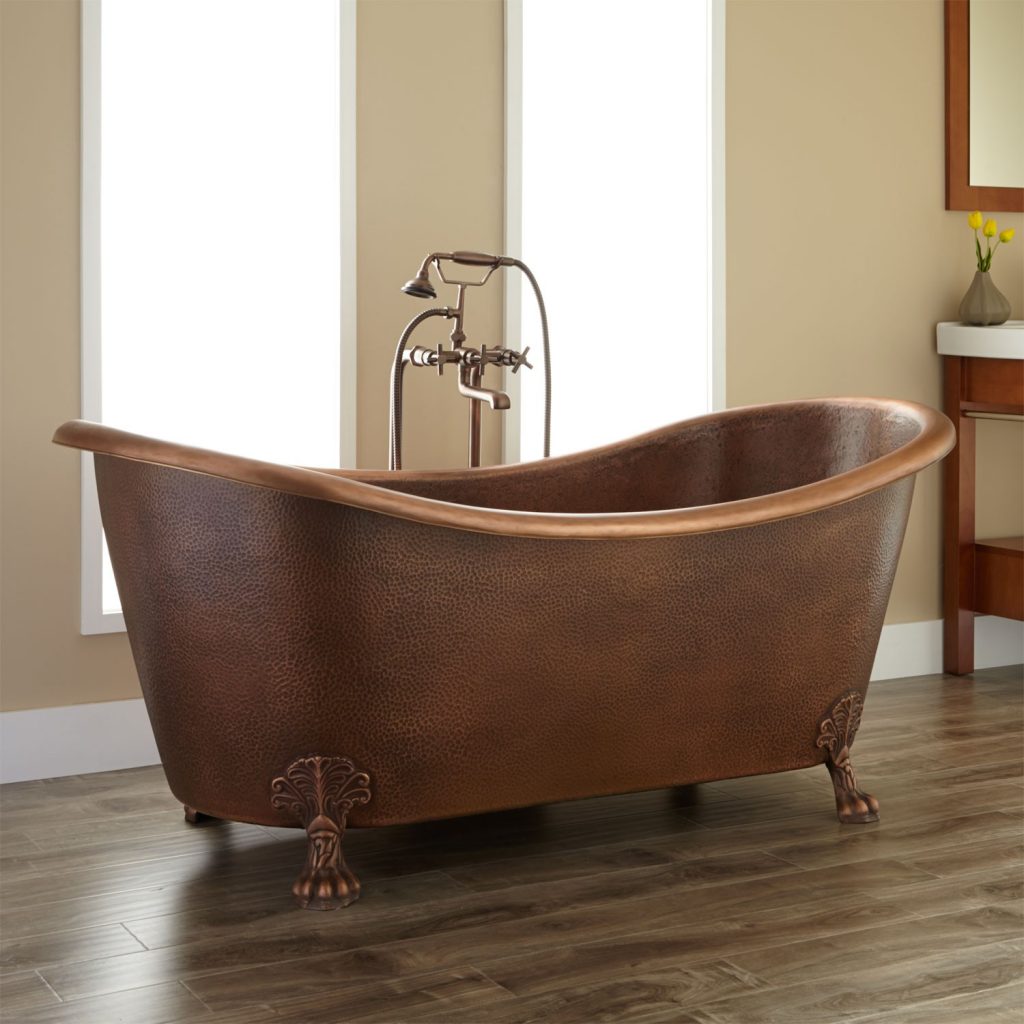
Monday: Fixing a Dripping Shower
Monday morning started with a call about a persistently dripping shower. Dripping showers can be more than just an annoyance; they waste water and can increase utility bills. Upon arrival, I quickly identified the culprit: a worn-out washer. Armed with my trusty wrench and a new washer, I got to work. Within minutes, the drip was a thing of the past. The customer was delighted with the swift fix, and I was off to a good start to the week.
Tuesday entry in my Plumber’s Diary: Clearing a Blocked Gully Trap
Tuesday brought me to a home with a blocked gully trap. Gully traps are essential in keeping foul odours and pests out of the drainage system, so when they get blocked, it’s a serious problem. I used a drain rod to dislodge the debris causing the blockage. After some effort, the water flowed freely again. I advised the homeowner on preventive measures, such as regular cleaning and avoiding flushing inappropriate items down the drain.
Wednesday: Inspecting a Smelly Kitchen Sink
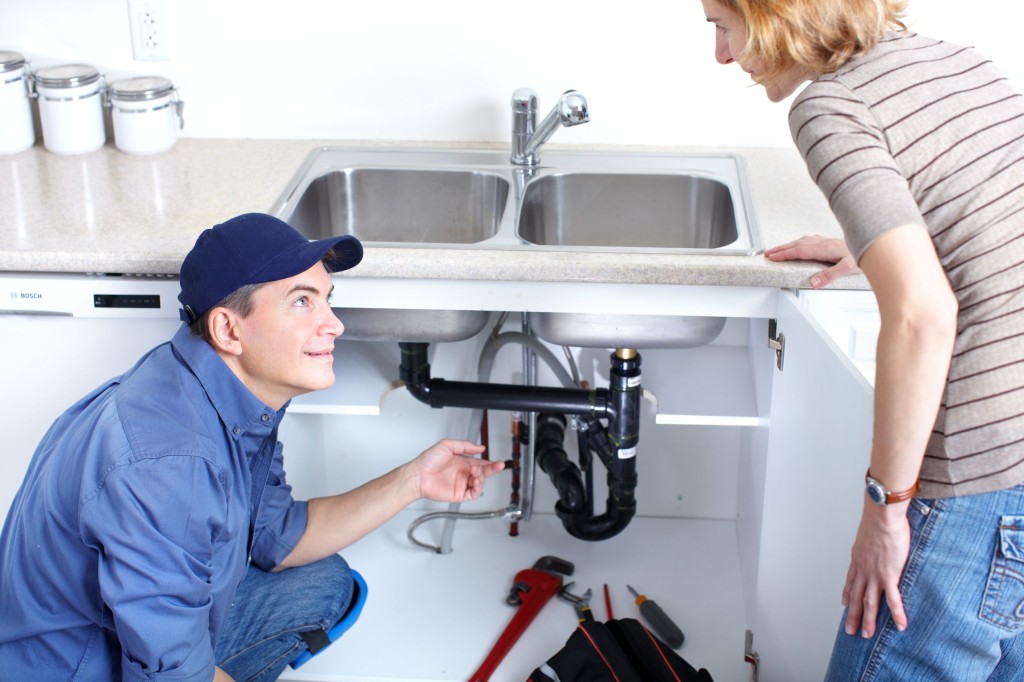
Wednesday’s challenge was a smelly kitchen sink. The foul odour suggested a buildup of organic matter in the pipes. I began with a thorough inspection, removing the U-bend and giving it a good clean. Sure enough, the blockage was causing the smell. After reassembling the pipes and ensuring they were secure, I ran hot water mixed with baking soda and vinegar through the system. This natural solution not only cleaned the pipes but also left them smelling fresh. The homeowner was relieved to have their kitchen back to normal.
Thursday: Dealing with a Flooded Toilet Issue
Thursday morning was an emergency. A customer’s toilet was overflowing, creating a flooded bathroom. I quickly determined that the issue was a blockage in the main sewer line. Using a plumbing snake, I managed to clear the obstruction. With the blockage removed, the water level in the toilet dropped back to normal. I advised the customer on what should and shouldn’t be flushed to prevent future incidents.
Friday entry in the Plumber’s Diary: Leaking Waste Pipe Job
On Friday, I attended to a leaking waste pipe. Leaks can cause significant damage if left unchecked, so prompt attention is crucial. After inspecting the pipe, I found a crack that needed immediate repair. I cut out the damaged section and replaced it with a new pipe segment, sealing it properly to prevent future leaks. After a thorough check, I confirmed that the leak was fixed, leaving another satisfied customer.
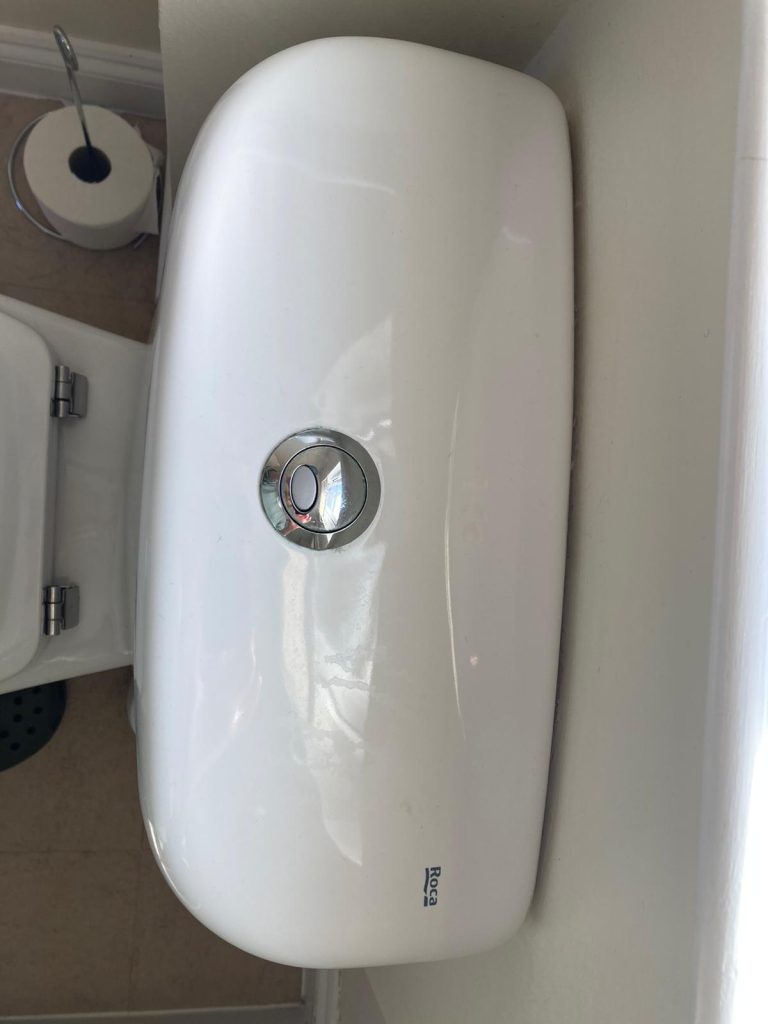
Saturday: Repairing a Broken Toilet Pipe
Saturday’s job involved a broken toilet pipe. The customer had noticed water pooling around the toilet base, a clear sign of a problem. Upon inspection, I found that the toilet’s waste pipe had cracked. I replaced the broken section and ensured all connections were secure. After a few flush tests, it was clear that the problem was resolved. The customer was grateful for the quick and efficient service.
Sunday: Plumbing Emergency – Bathroom Leak
Just when I thought I could relax on Sunday, a plumbing emergency arose: a significant leak in a bathroom. Emergencies like these require immediate action to prevent extensive damage. I rushed to the scene and quickly located the source—a burst pipe behind the bathroom wall. Shutting off the water supply was the first step. Then, I replaced the damaged section of the pipe and checked for any other potential weak spots. The quick response prevented further damage, and the homeowner was extremely thankful.
Read about a plumber in Knowle.
Challenges Faced as a Plumber
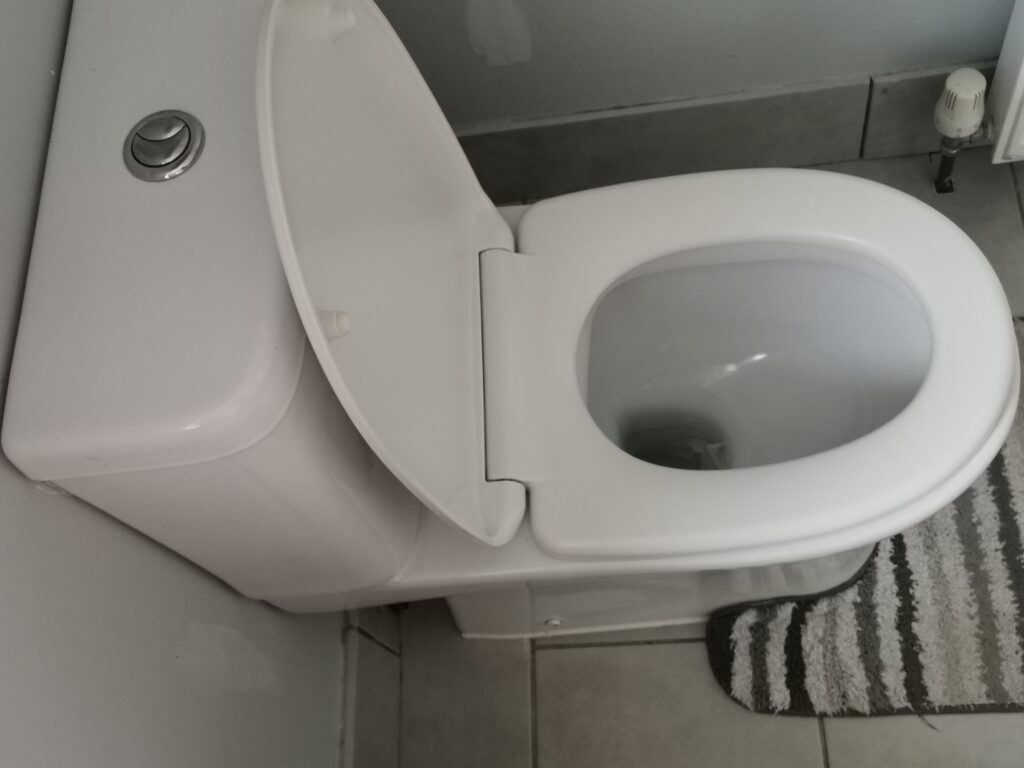
Plumbing is not without its challenges. Every job is unique, and problems can range from minor leaks to major blockages. Unexpected issues often arise, requiring quick thinking and adaptability. Whether it’s dealing with outdated plumbing systems or navigating cramped spaces, the work demands a high level of skill and resilience.
Entry in my Plumber’s Diary about Tools of the Plumbing Trade
Every plumber relies on a set of essential tools. These include wrenches, pliers, pipe cutters, and drain snakes. For specialised tasks, equipment like plumbing cameras and hydro jetting machines can be indispensable. Having the right tools on hand makes all the difference in effectively resolving plumbing issues.
Customer Interactions
Building rapport with customers is crucial in this line of work. Clear communication, patience, and understanding are key. Handling complaints professionally and ensuring that customers are informed every step of the way helps in maintaining trust and satisfaction. A happy customer is more likely to recommend your services to others.
Preventive Plumbing Tips
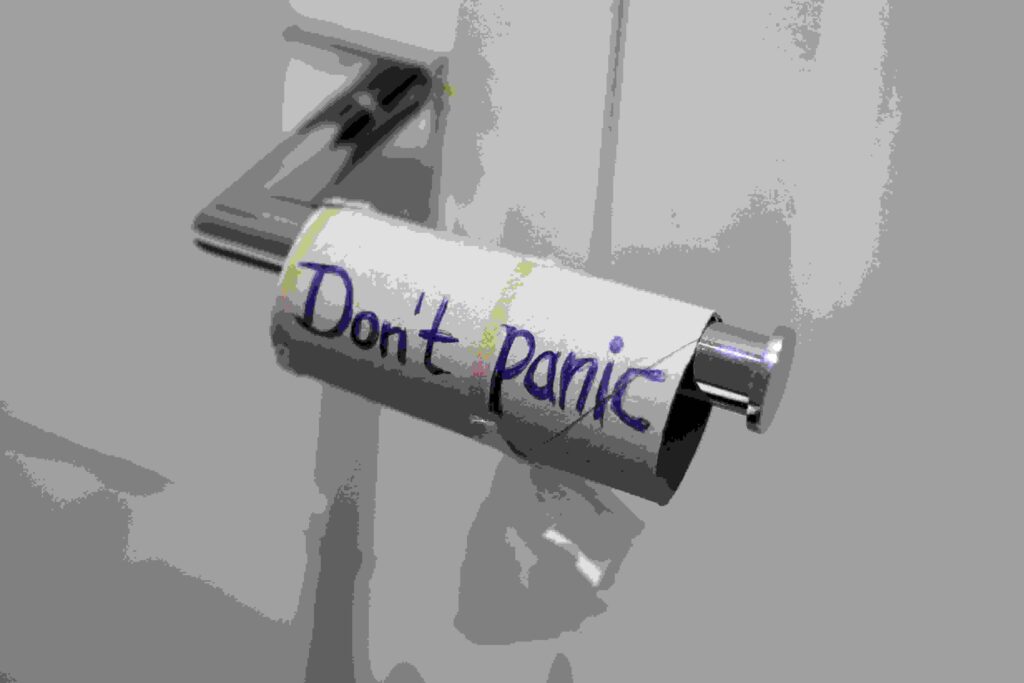
Preventive maintenance can save homeowners a lot of hassle. Regularly checking for leaks, ensuring that drains are clear, and being mindful of what goes down the sink or toilet can prevent many common issues. For example, pouring a mixture of baking soda and vinegar down the drain can help keep pipes clear. And, knowing when to call a professional can prevent small problems from becoming big ones.
This week in my Plumber’s diary
This week has been a whirlwind of diverse plumbing issues, from minor repairs to emergency interventions. Each job brought its own set of challenges and learning experiences. The satisfaction of solving problems and helping people in their time of need makes it all worthwhile.
FAQs about my job and my Plumber’s diary
What are the most common plumbing issues homeowners face?
Common issues include dripping taps, blocked drains, leaking pipes, and running toilets. These problems are often caused by wear and tear, build-up of debris, or improper use of plumbing systems.
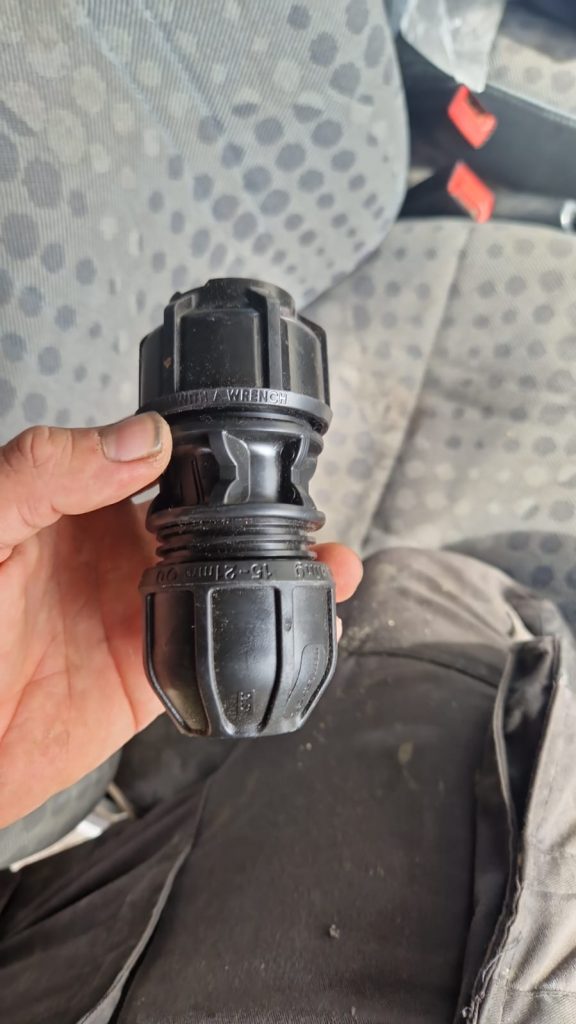
How can I prevent plumbing problems in my home?
Regular maintenance is key. Check for leaks, keep drains clear, and avoid flushing inappropriate items down toilets and sinks. Using strainers in sinks and regularly cleaning drains with baking soda and vinegar can also help.
What should I look for in a reliable plumber?
Look for experience, good reviews, proper licensing, and insurance. A reliable plumber should be transparent about costs, provide detailed estimates, and communicate clearly.
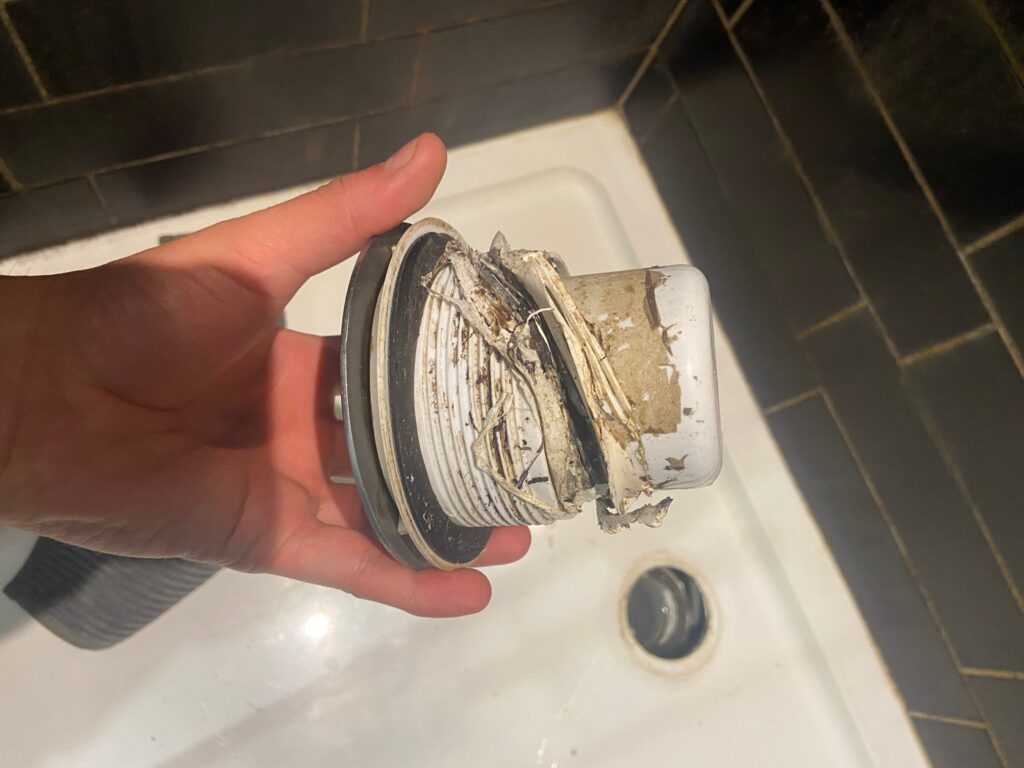
How often should plumbing maintenance be done?
Annual inspections are recommended to catch potential problems early. More frequent checks might be needed for older homes or homes with high water usage.

What are the signs of a serious plumbing issue?
Signs include slow drains, unusual noises in pipes, water stains on walls or ceilings, and sudden drops in water pressure. If you notice these signs, it’s best to call us immediately.
Another post in my Plumber’s Diary About Toilet Repair
If you’ve ever experienced a toilet malfunction, you know just how disruptive and frustrating it can be. A faulty toilet not only disrupts your daily routine but can also lead to water wastage and potential damage to your home. In this plumber’s diary, we’ll delve into the world of toilet repair, offering insights, tips, and solutions to common toilet problems. So, let’s roll up our sleeves and dive into the world of plumbing mishaps!
Toilets are essential fixtures in our homes, but they can encounter various issues over time. Fortunately, many common toilet problems can be fixed without the need for a professional plumber. In this plumber’s diary, we’ll explore some of these issues and guide you through the steps to repair them.
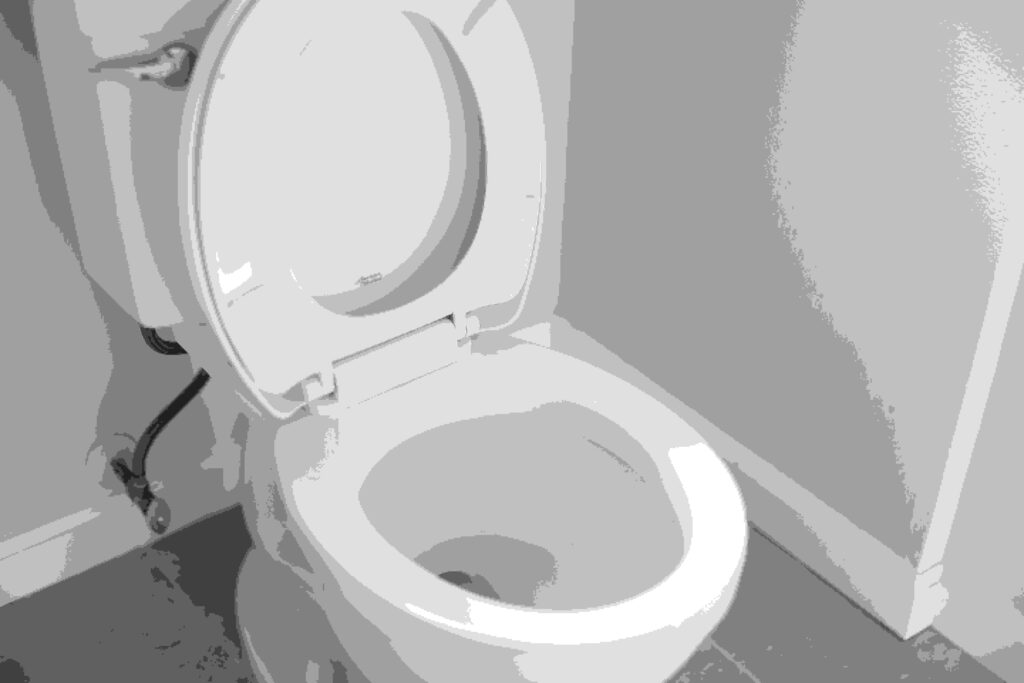
Ins and outs of toilet repair In my plumber’s diary
In this plumber’s diary, we’ve covered the ins and outs of toilet repair. From unclogging toilets to fixing leaks and running toilets, you now have the knowledge to tackle common toilet problems with confidence. Remember that regular maintenance can prevent many issues, but when in doubt, don’t hesitate to call a professional plumber Bristol.
In the world of plumbing, understanding how to address common toilet issues is a valuable skill. With the information provided in this plumber’s diary, you can confidently take on toilet repairs, saving time and money in the process. Remember to perform regular maintenance to keep your toilet in top-notch condition, and when in doubt, don’t hesitate to seek professional assistance for more complex problems.
